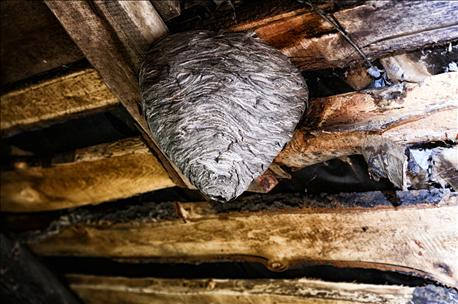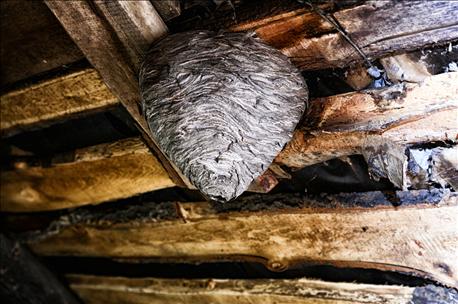
The growing season is over, and soon the entire year will be in the books. There have been positives for Indiana agriculture in 2016. But there have also been some things worth forgetting about the “year that was.”
Here is a look back at seven forgettable things about this year. You decide whether it’s tongue-in-cheek or not.
1. So long, mosquitoes!
If you wanted to fight mosquitoes all year, you would live in the tropics, right? When I couldn’t sit on my back porch at 5 p.m. in late October because I was getting bugged by mosquitoes, I knew something about this year was out of whack. Good riddance!
2. Hornets and more hornets, oh my!

GOOD RIDDANCE: There are several things Hoosiers won’t miss about 2016. Many of them either fly, buzz, burrow or sting. (Photo: Alexander_Pogudin/iStock/Thinkstock)
It’s been years since I’ve run across hornets anywhere but in a particular tree. Actually, once the leaves fell off, most years there would be a hornet’s nest left hanging in the branches. Due to cold weather, it would be empty. That tree blew down in 2015. This year, there were hornets galore all around the barn. Hornets in the hay, hornets in the open end of a pipe gate, hornets in the rusted-out section of a gate. I went to immediate care three weeks apart for a swollen hand, courtesy of hornet stings. We wound up empting six cans of hornet spray on nests in various places around the barn.
3. Wasps and more wasps, oh my!
If a wasp stings me, the best thing to do is rush me to a hospital. I swell up like a red beet in minutes. Fortunately, I haven’t been stung in years. I was replacing a box fan in the low-ceiling sheep barn in July. Two high school kids were helping me. I stood there for nearly 10 minutes switching out the fan. Just as I finished, one of the kids pointed above my head and stared. A wasp’s nest full of wasps was less than a foot above my head! I eased away and didn’t get stung. Bring on the freezing cold to wipe them out.
4. Moles and more moles, oh my!
Two years ago my yard looked like a minefield. In 2015 I hardly saw a mole. They were back this year. One Saturday morning in early July I heard the ancient Dick Crum, the retired Purdue University Extension garden specialist, talk about spreading a chemical to kill grubs. He said it was the perfect weekend to apply it. I bit and spent $100 on the product and applicator. I spent the afternoon spreading where moles were tunneling and burrowing. As the summer unfolded, sure enough, I saw very little mole activity where I spread the chemical. The bad news? They all moved over to where I didn’t spread! By the end of summer, I had a big enough web of mole tunnels to circle the Indy 500 racetrack.
5. Too many rabbits.
Rabbits set up housekeeping in a brush pile near my garden for the second year in a row. They wiped out almost everything but the tomatoes. The weeds got those. Maybe I should move the brush pile — or quit gardening.
6. Too many mice.
Mice took over our barn for a while last spring. I thought it was just us until I went hunting for mouse traps at a big-box farm store. I ran into two other couples looking for the same thing: mouse traps. It must have been a good year for mice.
7. Go away, foxtail.
Foxtail heads peeking above the grass and hay fields were common in late summer. It looked like everyone had seeded foxtail. And guess what? Before the summer was over, they had! It will be a reminder of 2016 in 2017.
About the Author(s)
You May Also Like




